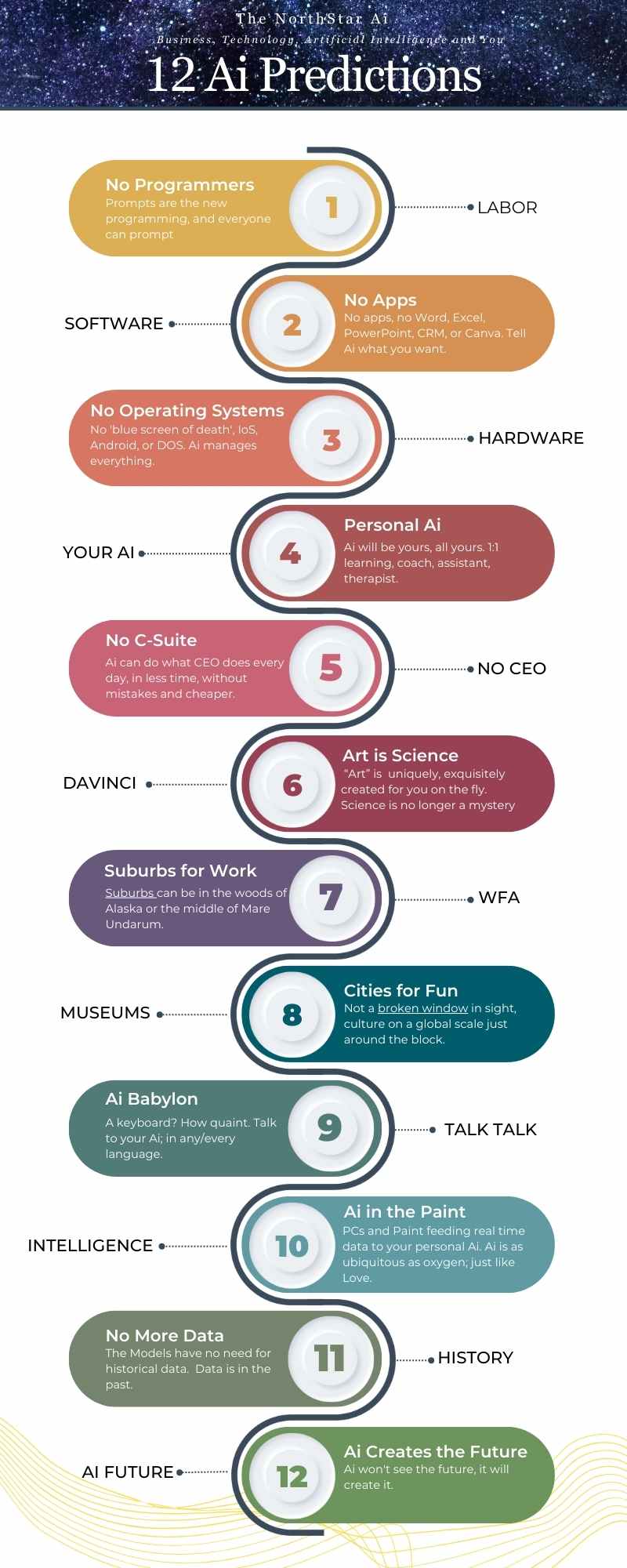|
By Charlie G. Peterson
Addressing Limitations of Traditional LLMs
Traditional LLMs, prior to RAG, often relied on static, pre-trained data, limiting their ability to respond to dynamic, real-world queries accurately. RAG addresses this limitation by providing a mechanism for LLMs to access and utilize external, real-time information. This not only enhances the accuracy of responses but also significantly reduces the risk of LLMs generating incorrect or misleading information, a phenomenon often referred to as 'hallucination'. Real-World Applications and Benefits A practical application of RAG can be seen in IBM's use of the technology for internal customer-care chatbots. In one instance, an employee querying about vacation policies receives a tailored response generated by the LLM. The chatbot first retrieves the relevant HR policies and the employee's vacation balance, and then synthesizes a personalized answer. This example illustrates how RAG enables more personalized, accurate, and efficient customer service. You want to cross-reference a model’s answers with the original content so you can see what it is basing its answer on,” Challenges and Future Prospects
Despite its advancements, RAG is not without challenges. One significant hurdle is training the model to recognize when it doesn’t have enough information to answer a question. Developing models that can identify and admit their limitations, seeking further clarification or additional data, remains an area of ongoing research and development.
List of References:
0 Comments
Your comment will be posted after it is approved.
Leave a Reply. |
Topics & Writers
All
AuthorsGreg Walters Archives
July 2024
|



